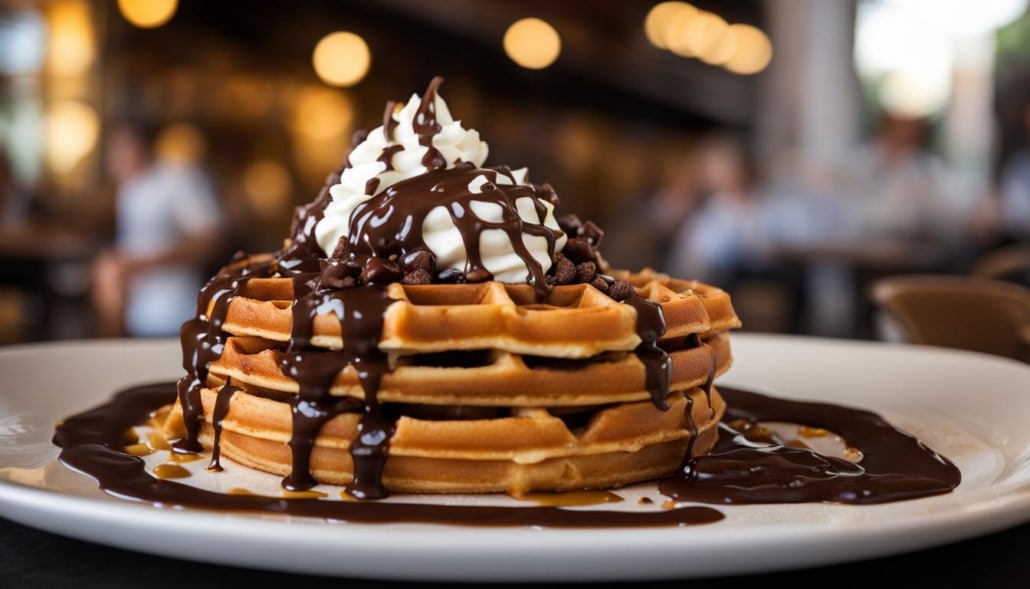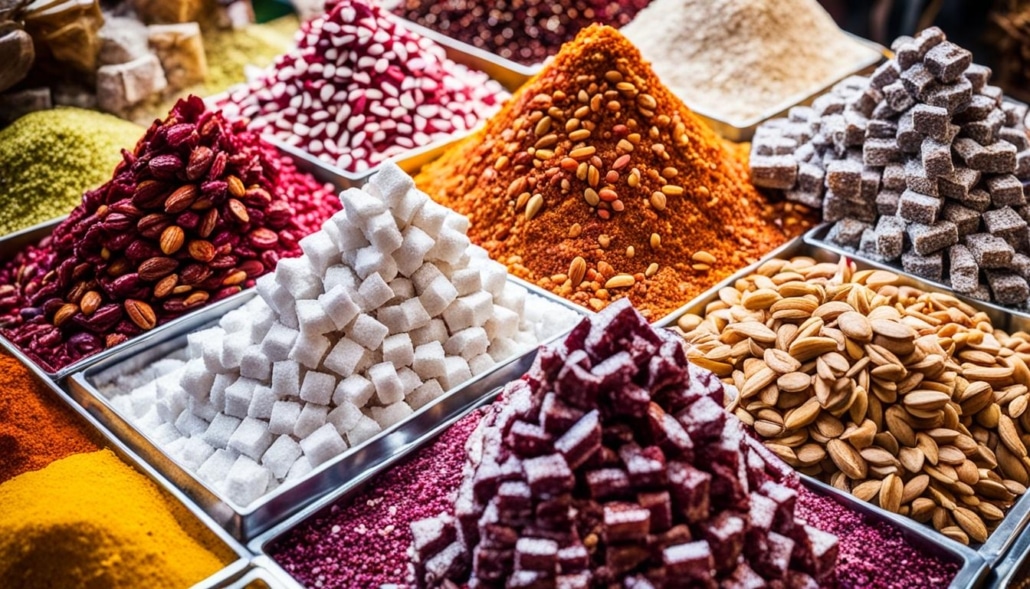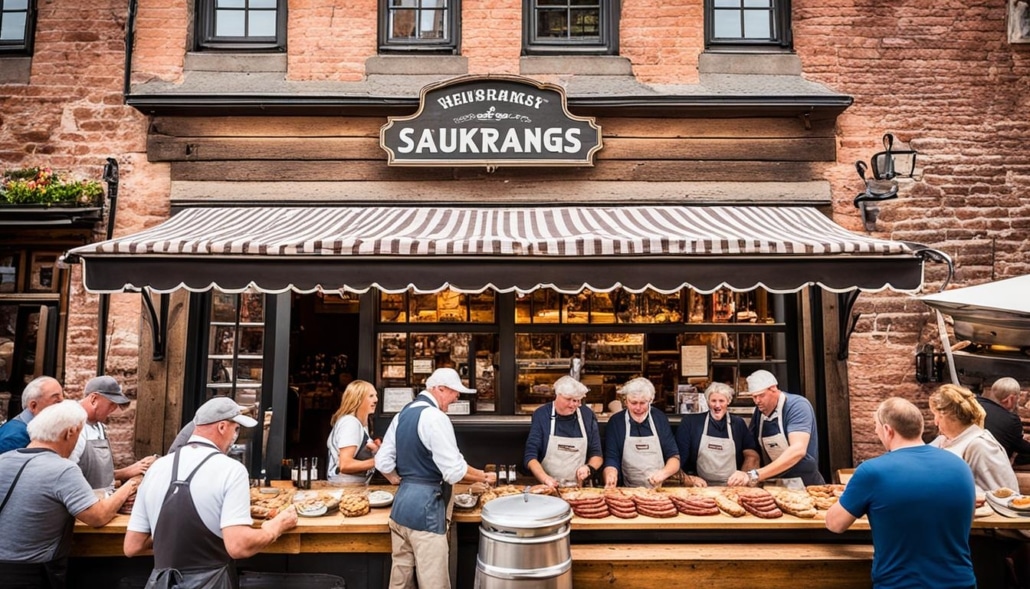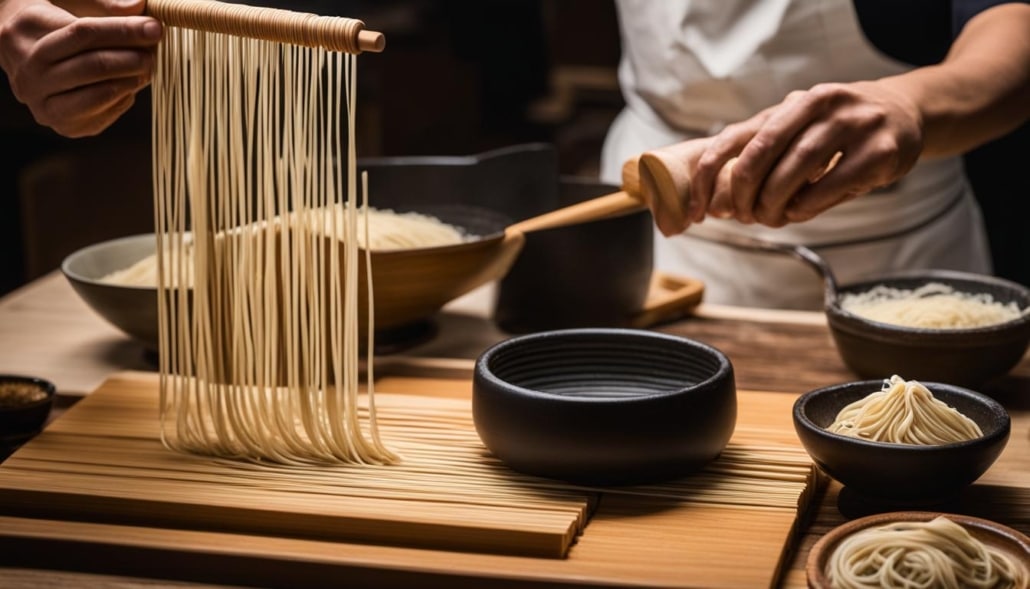Imagine strolling through the charming streets of Italy on a warm summer day. The sun is shining, and the tantalizing aroma of freshly baked pastries fills the air. As you turn the corner, your eyes are met with a picturesque gelateria, its colorful display of frozen treats beckoning you inside.
With excited anticipation, you step into the gelateria and are immediately greeted by the sight of exquisite artisanal gelato. Creamy mounds of velvety goodness line the display case, each flavor more tempting than the last. Your taste buds tingle in anticipation as you try to decide which flavor to choose.
Italian desserts have long been celebrated for their rich flavors and decadent textures, and gelato is no exception. Made with love and meticulous craftsmanship, artisanal gelato is a culinary masterpiece that delights the senses.
Unlike traditional ice cream, gelato is churned at a slower pace, resulting in a denser and creamier texture. Its luscious consistency is achieved by incorporating less air, allowing the flavors to truly shine through. Each spoonful is a moment of bliss as the cool and silky gelato melts on your tongue.
Authentic artisanal gelato is made with high-quality ingredients, such as fresh milk, sugar, and a touch of cream. These simple yet superbly combined elements create a symphony of flavors that dance on your palate.
So, whether you’re a seasoned gelato enthusiast or new to the world of frozen treats, join us as we explore the art of gelato-making, the perfect ingredients that contribute to its heavenly taste, and how to choose between gelato and ice cream based on your preferences. Get ready to indulge in the creamy delight of artisanal gelato.
The Art of Gelato-Making: Alpine Roots and Perfect Ingredients
Gelato-making is a centuries-old craft that has its roots in Italy, where the process has been passed down through generations. One notable gelato virtuoso who embodies the art of gelato-making is Andrea Soban.
Andrea Soban comes from a long line of gelato-makers, with his mother originating from the gelato-producing region of Zoldo in the Italian Dolomites. He learned the traditional techniques and secrets of gelato-making from his family, carrying on the legacy and adding his own creative touch.
The process of gelato-making involves much more than simply mixing ingredients. It requires a deep understanding of the chemistry behind it, including managing ice crystals, fat droplets, and air bubbles. To perfect this craft, a gelatiere must acquire knowledge in physical chemistry, colloid science, materials science, and even chemical engineering.
Authentic gelato is made with the finest, freshest ingredients. The quality of the ingredients greatly affects the flavor and texture of the final product. Gelato-makers like Andrea Soban prioritize sourcing locally and using seasonal produce to create gelato with delicate and exquisite flavors.
The gelato-making process itself is a labor of love. One of the key differences between gelato and ice cream is the amount of air incorporated during the churning process. Gelato is churned at a slower speed, resulting in a denser and creamier texture compared to ice cream. This slow churning process allows the flavors to fully develop, creating a gelato experience that is unparalleled.
Creating the perfect gelato requires both skill and passion. Gelato-makers like Andrea Soban dedicate themselves to achieving the ideal balance of flavors, textures, and temperatures to bring joy and satisfaction to those who indulge in this beloved frozen treat.
A Glimpse into the Gelato-Making Process:
| Step | Description |
|---|---|
| 1 | Gathering the finest ingredients, such as fresh fruits, premium chocolate, and pure vanilla extract. |
| 2 | Preparing the base mixture by slowly heating the milk, sugar, and cream until fully blended. |
| 3 | Cooling the mixture and infusing it with the desired flavors, such as espresso, pistachio, or hazelnut paste. |
| 4 | Churning the mixture at a slow speed to incorporate minimal air while creating a smooth and creamy texture. |
| 5 | Serving the freshly made gelato at the optimal temperature, allowing the flavors to shine through. |
Experience the art and craftsmanship of gelato-making by indulging in the exquisite flavors created by passionate gelato-makers like Andrea Soban.
Choosing Between Gelato and Ice Cream: A Taste Test
When it comes to indulging in frozen treats, deciding between gelato and ice cream can be a delightful yet perplexing decision. Both desserts offer their unique flavors and textures, adding a touch of sweetness to any occasion. Understanding the differences between gelato and ice cream will help you make an informed choice that satisfies your taste buds.
Gelato: Hailing from Italy, gelato captivates with its rich and silkier texture. Made from milk, sugar, and a little cream, gelato incorporates fewer air bubbles during the churning process, resulting in a denser consistency. This allows the flavors of gelato to shine through, giving it a more intense and luxurious taste. In addition, gelato contains less fat than ice cream, making it a lighter option for those who are mindful of their calorie intake.
Ice Cream: On the other hand, ice cream has a long-standing connection with America. With its higher fat, sugar, and air content, ice cream offers a fluffier and creamier texture. The added fat gives ice cream a rich and indulgent mouthfeel, making it a favorite for those seeking a decadent treat. Commercially produced ice cream often contains preservatives to prolong its shelf life.
Ultimately, choosing between gelato and ice cream comes down to personal preference, the occasion, and your dietary considerations. The best way to reach a decision is by conducting a taste test. Take a moment to savor each spoonful, allowing the flavors and textures to tantalize your palate. Whether you prefer the velvety smoothness of gelato or the creamy richness of ice cream, one thing is certain – indulging in either of these frozen delights is always a moment of pure bliss.
FAQ
What is gelato?
Gelato is a chilled sweet treat closely related to ice cream, originating from Italy. It is made by churning the ingredients very slowly, resulting in less air being incorporated into the gelato, giving it a rich and creamy texture.
What are the ingredients in authentic artisanal gelato?
Authentic artisanal gelato typically contains milk, sugar, and a little cream, with high-quality ingredients contributing to the delicate and delicious flavors.
How does gelato differ from ice cream?
Gelato has a lower fat content compared to ice cream, usually ranging between 4-9%, making it a lighter option. Gelato is made with fresh ingredients and does not contain any additives or preservatives. It is meant to be enjoyed within a few days of production.
What is the gelato-making process like?
Gelato-making requires a deep understanding of the chemistry involved, including managing ice crystals, fat droplets, and air bubbles. The artisanal gelatiere acquires knowledge in physical chemistry, colloid science, materials science, and chemical engineering to create the perfect gelato. The gelato-making process involves slow churning to achieve a dense and luscious texture, with less air incorporated into the gelato compared to ice cream.
What are the differences between gelato and ice cream?
Gelato and ice cream are both delicious desserts, but they have distinct differences. Gelato is made with milk, sugar, and a little cream, resulting in a rich and silkier texture compared to ice cream. Ice cream contains more fat, sugar, and air than gelato, creating a fluffier and creamier texture. Gelato has fewer calories than ice cream, making it a lighter option. Gelato is made with fresh ingredients and has a shorter shelf life, while ice cream is more commercially produced and contains preservatives.
How do I choose between gelato and ice cream?
Ultimately, the choice between gelato and ice cream comes down to personal preference, occasion, and dietary considerations. The best way to make a decision is by conducting a taste test to discover which one you prefer.











